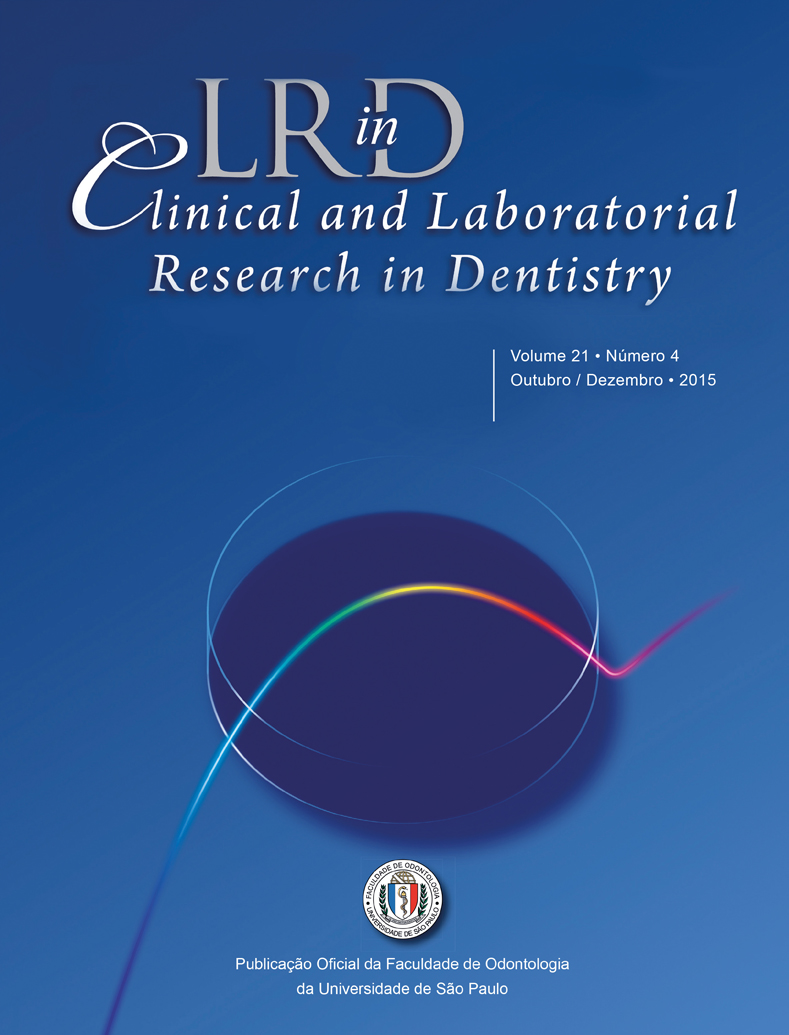Keratoacanthoma associated to cutaneous horn manifestation: case report and difficulty of diagnosis
DOI:
https://doi.org/10.11606/issn.2357-8041.clrd.2015.123074Keywords:
Neoplasms, Keratoacanthoma, Squamous Cell CarcinomaAbstract
Background: Cutaneous horn (CH) is a conical hyperkatotic projection of skin with keratotic material. A broad variety of lesions may be found with clinical aspect of cutaneous horn, including malignant tumors. Case report: We report a case of patient with 77- year-old male, presenting an asymptomatic lesion with clinical aspect of CH in lower lip. The clinical diagnosis hypothesis was squamous cell carcinoma (SCC) and an incisional biopsy was performed. The histopathological analysis revealed a keratoacantoma (KA) and the lesion was completely removed. The one year follow-up revealed no recurrence. Discussion: CH rarely is accompanied by KA. However, KA shows a greater degree of nuclear atypia than SCC making the differentiation of two diseases very difficult. This case highligh the importance of histopathological examination to rule out malignancy.
Downloads
Downloads
Published
Issue
Section
License
Authors are requested to send, together with the letter to the Editors, a term of responsibility. Thus, the works submitted for appreciation for publication must be accompanied by a document containing the signature of each of the authors, the model of which is presented as follows:
I/We, _________________________, author(s) of the work entitled_______________, now submitted for the appreciation of Clinical and Laboratorial Research in Dentistry, agree that the authors retain copyright and grant the journal right of first publication with the work simultaneously licensed under a Creative Commons Attribution License that allows others to share the work with an acknowledgement of the work's authorship and initial publication in this journal. Authors are able to enter into separate, additional contractual arrangements for the non-exclusive distribution of the journal's published version of the work (e.g., post it to an institutional repository or publish it in a book), with an acknowledgement of its initial publication in this journal. Authors are permitted and encouraged to post their work online (e.g., in institutional repositories or on their website) prior to and during the submission process, as it can lead to productive exchanges, as well as earlier and greater citation of published work (See The Effect of Open Access).
Date: ____/____/____Signature(s): _______________


